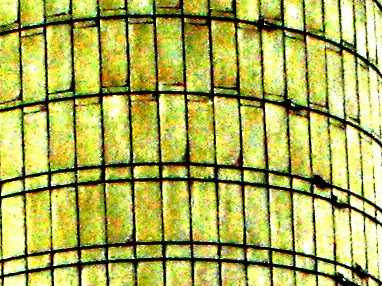|
Silo (insect)
''Silo'' is a genus of caddisflies in the family Goeridae. There are about 11 described species in ''Silo''. Species * '' Silo alupkensis'' Martynov, 1917 * '' Silo chrisiammos'' Malicky, 1984 * '' Silo duplex'' Hagen, 1964 * '' Silo graellsii'' Pictet, 1865 * '' Silo mediterraneus'' McLachlan, 1884 * '' Silo nigricornis'' (Pictet, 1834) * '' Silo pallipes'' (Fabricius, 1781) * '' Silo piceus'' (Brauer, 1857) * '' Silo proximus'' Martynov, 1913 * '' Silo rufescens'' (Rambur, 1842) * '' Silo tuberculatus'' Martynov, 1909 References Further reading * * * * Trichoptera genera Integripalpia {{trichoptera-stub ... [...More Info...] [...Related Items...] OR: [Wikipedia] [Google] [Baidu] |
John Curtis (entomologist)
John Curtis (3 September 1791 – 6 October 1862) was an English entomology, entomologist and illustrator. Biography Curtis was born in Norwich to Frances and Charles Morgan Curtis. Charles Morgan died before his son had reached the age of 4. His mother, Frances, had a passion for flowers and was a professional flower grower. She encouraged her son to study natural history with a young local naturalist, Richard Walker (naturalist), Richard Walker (1791–1870). At the age of 16 John became an apprentice at a local lawyer's office in Norwich but devoted his spare time to studying and drawing insects and, with insect collecting becoming a growing craze, he found he could make a living selling the specimens he found. At this time he became a friend of Simon Wilkin (1790–1862) a wealthy land owner in Norfolk, eventually leaving his job to live with Wilkin at Cossey Hall where the extensive natural history library and specimen collection afforded him the opportunity to study his e ... [...More Info...] [...Related Items...] OR: [Wikipedia] [Google] [Baidu] |
Goeridae
Goeridae is a family of caddisflies in the order Trichoptera. There are about 12 genera and at least 160 described species in Goeridae. The type genus In biological taxonomy, the type genus (''genus typica'') is the genus which defines a biological family and the root of the family name. Zoological nomenclature According to the International Code of Zoological Nomenclature, "The name-bearin ... for Goeridae is '' Goera'' J.F. Stephens, 1829. Genera References Further reading * * * * * * * * Trichoptera families Integripalpia {{trichoptera-stub ... [...More Info...] [...Related Items...] OR: [Wikipedia] [Google] [Baidu] |
Silo Alupkensis
A silo () is a structure for storing bulk materials. Silos are commonly used for bulk storage of grain, coal, cement, carbon black, woodchips, food products and sawdust. Three types of silos are in widespread use today: tower silos, bunker silos, and bag silos. Silos are used in agriculture to store fermented feed known as silage. Types of silos Tower silo Storage silos are cylindrical structures, typically 10 to 90 ft (3 to 27 m) in diameter and 30 to 275 ft (10 to 90 m) in height with the slipform and Jumpform concrete silos being the larger diameter and taller silos. They can be made of many materials. Wood staves, concrete staves, cast concrete, and steel panels have all been used, and have varying cost, durability, and airtightness tradeoffs. Silos storing grain, cement and woodchips are typically unloaded with air slides or augers. Silos can be unloaded into rail cars, trucks or conveyors. Tower silos containing silage are usually unloaded from ... [...More Info...] [...Related Items...] OR: [Wikipedia] [Google] [Baidu] |
Silo Chrisiammos
A silo () is a structure for storing Bulk material handling, bulk materials. Silos are commonly used for bulk storage of grain, coal, cement, carbon black, woodchips, food products and sawdust. Three types of silos are in widespread use today: tower silos, bunker silos, and bag silos. Silos are used in agriculture to store fermented feed known as silage. Types of silos Tower silo Storage silos are cylindrical structures, typically 10 to 90 ft (3 to 27 m) in diameter and 30 to 275 ft (10 to 90 m) in height with the Slip forming, slipform and Jumpform concrete silos being the larger diameter and taller silos. They can be made of many materials. Wood staves, concrete staves, cast concrete, and steel panels have all been used, and have varying cost, durability, and airtightness tradeoffs. Silos storing grain, cement and woodchips are typically unloaded with air slides or augers. Silos can be unloaded into rail cars, trucks or conveyors. Tower silos conta ... [...More Info...] [...Related Items...] OR: [Wikipedia] [Google] [Baidu] |


